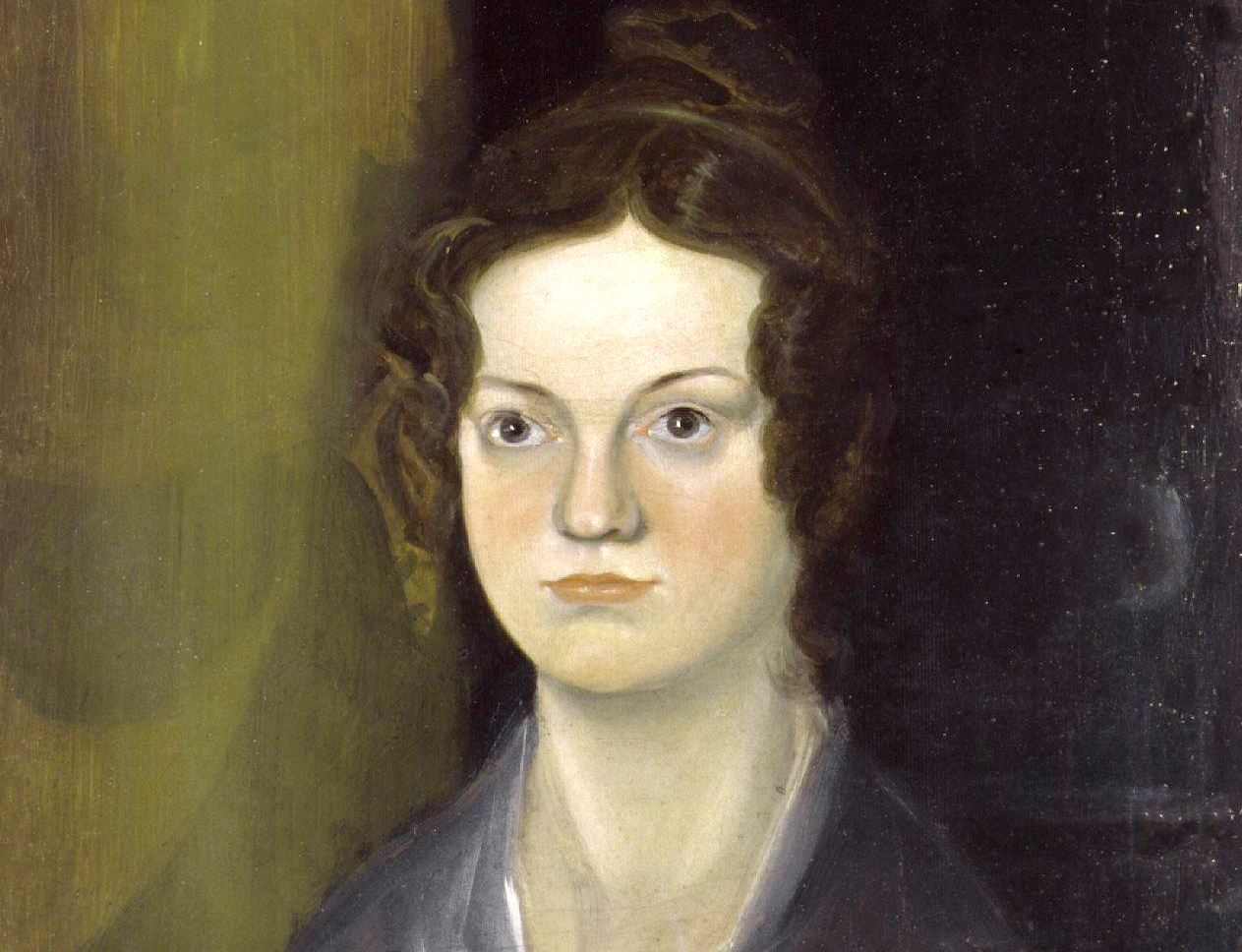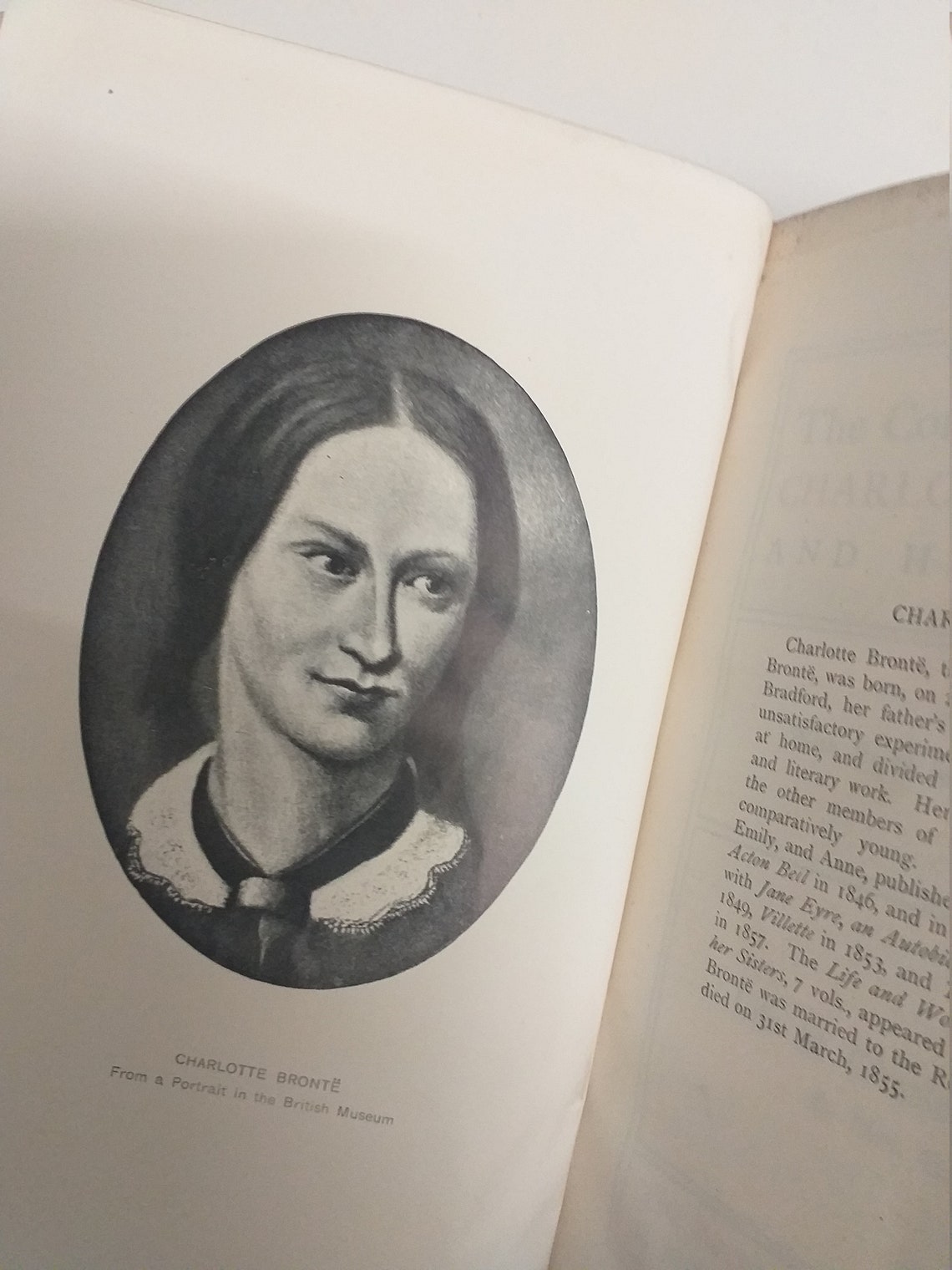
The novelist Elizabeth Gaskell, Charlotte's first biographer, was also responsible for perpetuating some of the myths. Charlotte added to the myth, when, in her 1850 'Biographical Notice' of her sisters, she attempted to protect them from their critics' accusations of 'brutality' by portraying them as unlearned, unworldly young women, writing by instinct rather than design.

Through choosing to write under pseudonyms, the sisters immediately drew a veil of mystery around themselves, as people wondered who Currer, Ellis and Acton Bell really were. The enduring myth of the Brontës living a life of unrelieved isolation and tragedy was, to some extent, created unintentionally by themselves. The Brontës, published under the pseudonyms of Currer, Ellis and Acton Bell, were acknowledged at the time for their directness and powerful emotional energy, qualities which were sometimes interpreted by the critics as 'coarse' and 'brutal'.


Patrick Brontë, and brother Branwell also saw their own works in print. Charlotte and Emily are ranked among the world's greatest novelists Anne is a powerful underrated author, and both their father, the Revd. To find two writers of genius in one family would be rare, but to find several writers in one household is unique in the history of literature. Charlotte's novel Jane Eyre (1847), Emily's Wuthering Heights (1847), and Anne's The Tenant of Wildfell Hall (1848) were written in this house over a hundred and fifty years ago, yet their power still moves readers today.

The Brontës are the world's most famous literary family and Haworth Parsonage, now the Brontë Parsonage Museum, was their home from 1820 to 1861.Ĭharlotte, Emily and Anne Brontë were the authors of some of the best-loved books in the English language.


 0 kommentar(er)
0 kommentar(er)
